Philips Hue itself has caused the biggest leak in recent years: numerous products that were supposed to be unveiled in September appeared on the Hue website overnight. I now have further information about the Hue Bridge Pro, the upcoming control center from Philips Hue, discovered by SmartLights.
The cover photo of this article already shows you the greatly improved performance data of the new Hue Bridge Pro. It has a quad-core Cortex processor with 1.7 GHz and 8 GB of RAM. By comparison, the previous Hue Bridge, which has been on the market for around 10 years, has just 16 MB of RAM. The new Hue Bridge Pro therefore has 500 times as much RAM.
But that’s not all. In addition to the familiar Ethernet port for a wired connection to the router, the Hue Bridge Pro has a Wi-Fi module. This makes it even easier to place in your smart home. Power is supplied via USB-C, which is also a significant step forward.
This is how much capacity the new Hue Bridge Pro offers
Rumors about a new bridge have been around for a long time. But how do the impressive technical specifications of the Hue Bridge Pro translate into practice? The new model is said to have three times the capacity and offer space for 150 lights, 50 accessories, and 500 light scenes. The integrated “Hue Chip Pro” is said to deliver a five times faster response time. It will be very exciting to see how this plays out in practice.
The new MotionAware will also be part of the Hue Bridge Pro – and exclusively so. This new technology will allow Hue bulbs to be turned into motion sensors. In addition to the Hue Bridge Pro, at least three light points in the desired room are required for this function.
What we don’t know yet is how much the Hue Bridge Pro will cost. But we’ll surely find that out by the beginning of September.
Hue Bridge Pro
$98.99 / €89.99


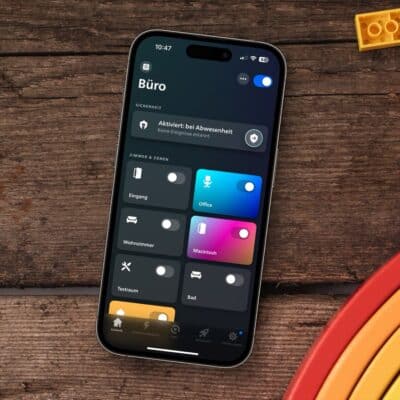


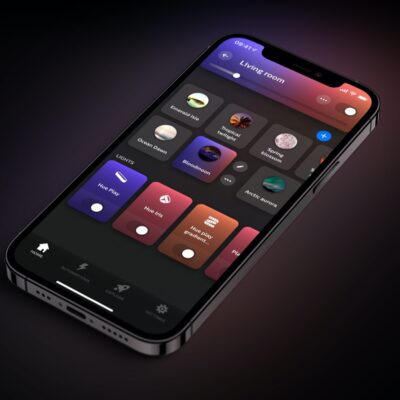
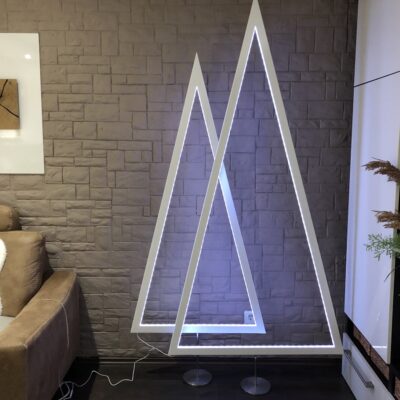
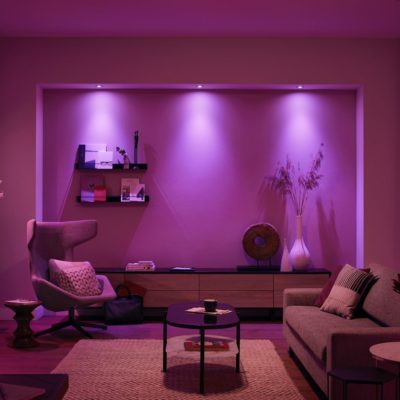
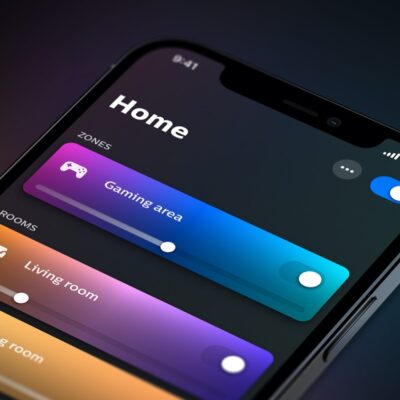
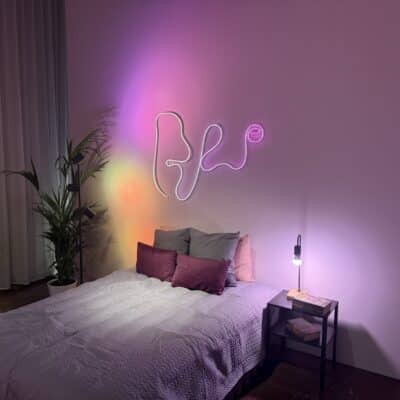



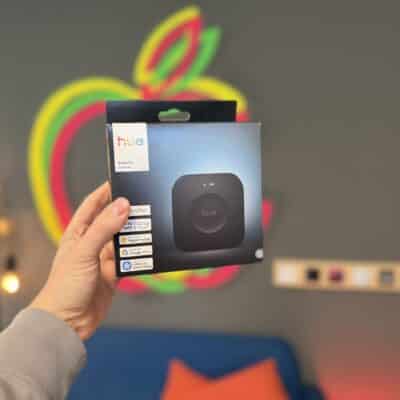

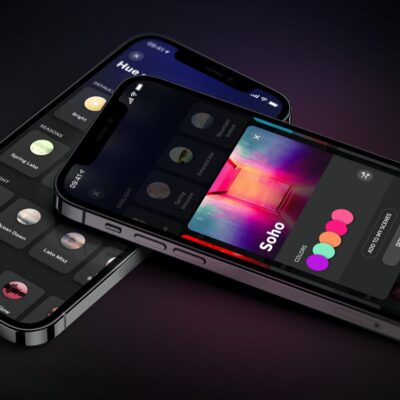

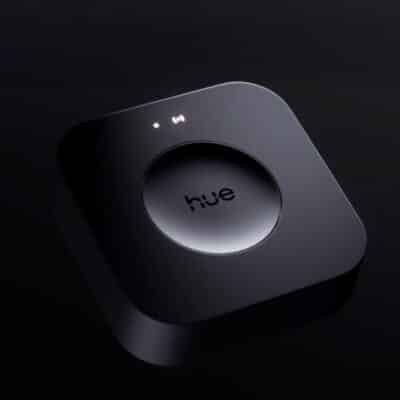




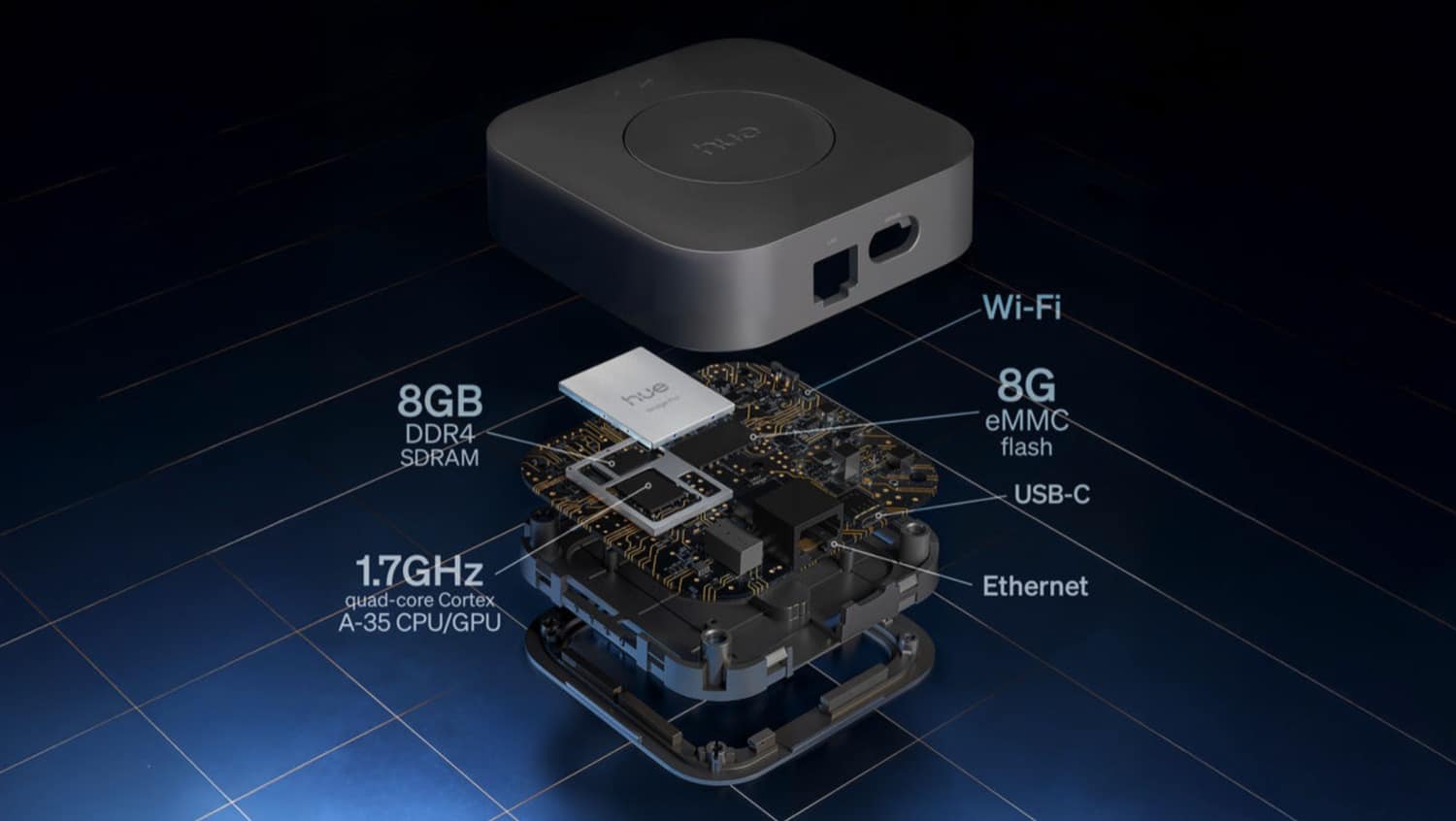
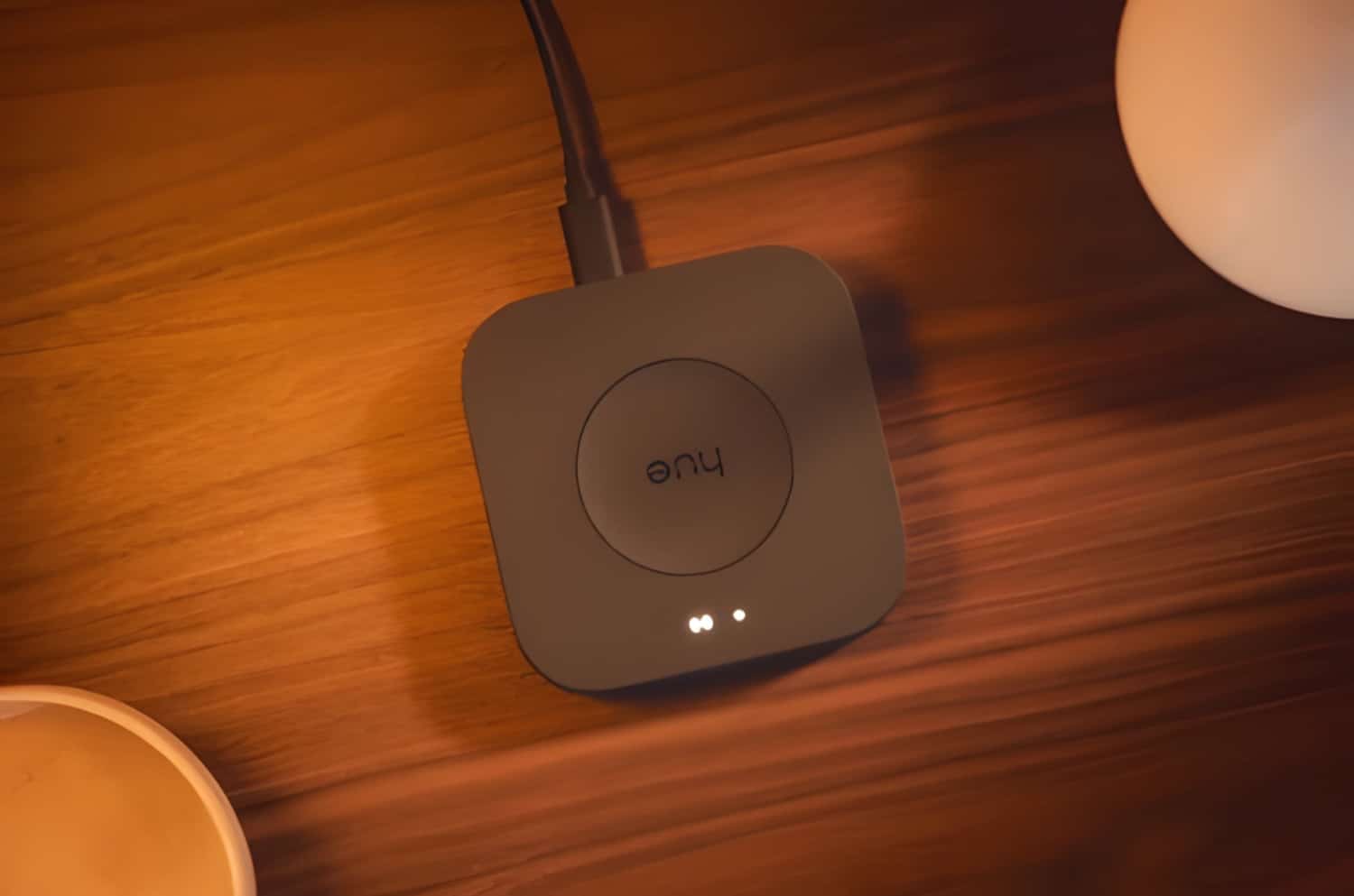

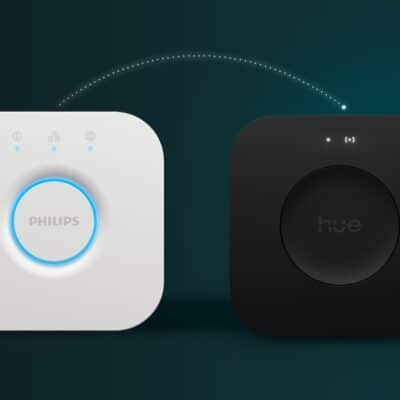
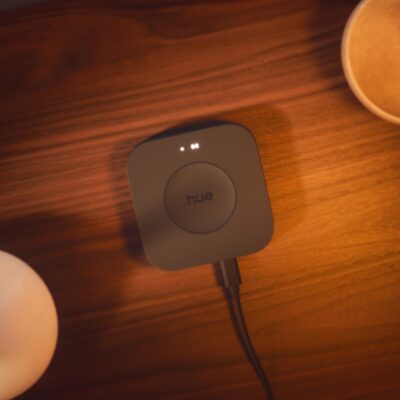
Max accessories limit is disappointing. I have 49 accessories which means I’m borderline having to buy two of these, one day one. Frustrating.
Currently have to use 4 bridges so I guess, progress?
If I have to manually migrate 94 devices I will not be happy. Hope there is an easy migration, including for HomeKit joined devices.
Yeah those wall switch modules add up quickly… but for the moment I would be save with one of these. And a spare if it breaks.
You can ditch a lot of Hue Motion sensors with the new MotionAware-technology. 😉
The limits have never been hard limits, more like a suggestion. Even if you have more accessories to add you’re probably good. The current hub has a much lower limit, and people go over all the time.
500 times as much RAM but can only handle 3 times as many devices? “But wait! There’s more! If you have at least three lights in a room you can turn them into a motion sensor!” That’s great but Phillips makes good motion sensors already and they work great and aren’t expensive. For what this thing costs you could probably put three dedicated motion sensors in every room of your house whether or not there are ANY lights. Just saying.
I work in the lighting industry and I know the zigbee protocol well, and as I’ve said on this site quite a few times, device amount has never been about the hub but the zigbee protocol. Yes there are hacky ways to extend the device count, but a large company has to follow the standards. Since all bulbs are currently zigbee 1.0 I’m even surprised they could get it up to 150. They can’t move to zigbee 2.0 to get to that 200+ count because that standard is not backwards compatible with zigbee 1.0 so all old lights would not work if they moved to 2.0.
The other thing people are going to be very disappointed in is probably the migration limitations. Unless they write some sort of automaton process that will do all the removing and adding to new hub, most likely the user is going to have to do it manually because it’s not as simple as moving a database from one hub to another. For security reasons a zigbee device once provisioned to a hub is locked until a reset command is sent so that they can’t be hacked. I really doubt Phillips is going to write an app command to remove bulbs in mass and then reactivate to a new hub. Too many things can go wrong with that. So expect to spend a day setting up your system again.
Finally 🙂
Hopefully there will be a smooth way to back-up and migrate from two Bridges 2.x towards one Hue Bridge Pro.
MotionAware sounds nice! didn’t know zigbee bulbs could be turned into motion sensors.
Will Phillips offer a trade up program.
Old for the new!
Take my money! 💸
A version with PoE would be nice… Saves the use of another power adapter.
👍🏻
https://eu.store.ui.com/eu/en/products/uacc-adapter-poe-usbc
Here you go! 😉
@Robert With all respect, an adapter – like the one you linked to – will only be an option in the case that the device is equipped with an USB-Ethernet interface. Of which we know nothing yet? 🤔
A neat (standards compliant) PoE Splitter is what is needed – IF the device has neither PoE, nor USB-Ethernet support.
IMHO, PoE would be the preferred way to go.
It switches lights on and off. Why the hell does it need that much computing power.
Still no PoE support? /Shakes head in pure disappointment…
Multiple scenes, over more devices, including processing motion sensing through the globes is my guess at some of the reasons.
Because they only put out newer models every 500 years and a lot can happen in that time. Also, all that stuff is Uber cheap now so future proofing the hub was the easiest choice. Power users have been bitching about and for this for 8 years. I have 4 bridges and up until last year had to switch bridges to control lights in the Philips hue app. This was the most welcome new product they’ve done since the 100W bulb and the sync box refresh. I’m excited I have 172 lights and plugs. I’ll still need 2 of these bridges and they’ll probably cost $300 a piece but I stuck by hue and the $10,000 their lighting has cost me over the past 10 years because they are hands down the best. Having a bridge that isn’t the problem will be wonderful.
I’d just be happy if it worked with apple home. Sucked to lose that when I got a new phone.
Needs power over Ethernet
Finaly waiting for this to long
Again, no PoE, what failure…
Hi,
Two questions:
– how motion aware technology is working exactly. Will this work with any types of (old) bulbs?
– I would like to attend the Hue IFA 2025 event but I don’t see any mention of it in the IFA official programme. Do you have any tips to share on this?
Thank you
1.: https://www.youtube.com/watch?v=2beZO4xAUDw
2.: It’s an exclusive media event, not at the IFA
Great thank you Fabian
Help! I have the tabletop light wand the old version and the ID on it was on a sticker and of course the sticker was lost so there’s no way I can enter in the lamp ID into the Hue app to control the lamp. Does anyone have a solution for this or finding the lamp ID because the Hue App can’t seem to discover it when scanning for it on my Wifi network.
You can reset hue bulbs (to make them findable) by using a Hue dimmer switch. Hold it near the bulb and press and hold both the on and off buttons (power and hue on the new gen) until the bulb flashes. I believe you can also reset them using Bluetooth mode if the bulb supports Bluetooth